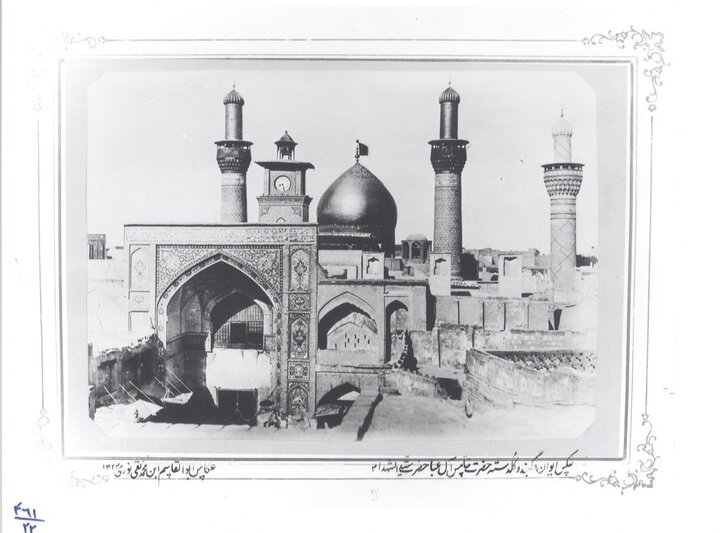
TEHRAN – Some old photographs depicting mosques and other religious places in Iran and Iraq have been put on view at the UNESCO-registered Golestan Palace in downtown Tehran.
The exhibit opened to the public on August 22, depicting a selection of 15 photos taken by 19th-century Iranian photographers Aga Reza Akkasbashi and Abolqasem Mohammad-Taqi Nuri, CHTN reported.
According to organizers, the event has been arranged to mark World Mosque Day, commemorated on the anniversary of the arson attack against al-Aqsa Mosque in 1969.
A mosque, according to Islamic tradition, is any house or open area of prayer in Islam. The Arabic word masjid means “a place of prostration” to God, and the same word is used in Persian, Urdu, and Turkish. The first mosques were modeled on the place of worship of Prophet Muhammad (PBUH); the courtyard of his house in Medina.
Iran is home to countless mosques and holy shrines in the country, many of which represent a combination of symmetry, geometric designs, and vibrant colors, creating an astonishing view that no visitor can forget easily. The architecture of the mosques in the country varies from one region to another. However, they often boast very complex structures in which color variations, tiles, and symbolic designs are utilized.
Golestan Palace once served as the official residence of Qajar monarchs who ruled Persia (Iran) between 1789 and 1925. It exemplifies architectural and artistic achievements of the Qajar epoch, as well as an introduction of European motifs and styles into Persian arts.
The historical complex embodies a successful integration of earlier Persian crafts and architecture with Western influences. Over the past two centuries, it became a center of arts and architecture, a source of inspiration for Iranian artists and architects to this day.
AFM
Source: Tehran Times